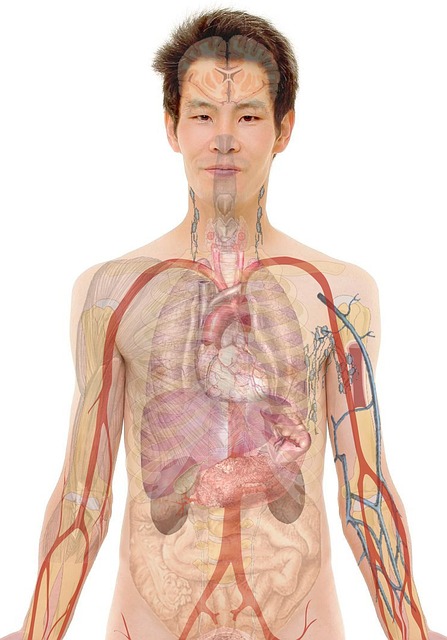Skin tags, soft bumps from skin cell overgrowth, commonly appear in sensitive areas like groin and armpits due to friction. While harmless, individuals in Glasgow may seek Glasgow Skin Tag Removal for cosmetic or comfort reasons. Non-surgical techniques such as cryotherapy, lancing, topical creams, and medications are used for safe removal of these tags in sensitive regions. Proper aftercare and preventive measures including hygiene, exfoliation, and fabric choices are crucial to healing and avoiding future skin tags.
Considering skin tag removal for sensitive areas? This guide explores effective, gentle approaches tailored for delicate spots, especially relevant for those seeking Glasgow Skin Tag Removal. Skin tags are common but often require specific care due to their location. We delve into understanding these benign growths and present non-surgical methods safe for sensitive skin. Learn aftercare tips and preventive strategies to ensure successful and comfortable removal, catering specifically to the needs of Glasgow residents exploring this treatment.
- Understanding Skin Tags in Sensitive Areas
- Non-Surgical Removal Methods for Delicate Spots
- Aftercare and Prevention Tips for Glasgow Skin Tag Removal
Understanding Skin Tags in Sensitive Areas
Skin tags, also known as acrochordons, are small, soft bumps that can develop in various parts of the body, including sensitive areas like the groin, armpits, and neck. They form due to an overgrowth of skin cells and collagen, often caused by friction or constant rubbing of skin against itself. While generally harmless, individuals may opt for Glasgow Skin Tag Removal to address cosmetic concerns or prevent potential discomfort, especially in sensitive regions.
Understanding the nature of skin tags is crucial when considering removal methods, particularly for sensitive areas. Unlike warts or other growths, skin tags typically do not require urgent medical attention but may cause mild irritation or embarrassment. Different from traditional skincare, specialized treatments for Glasgow Skin Tag Removal should be employed to ensure safety and efficacy, especially in delicate parts of the body where general procedures might pose more risks.
Non-Surgical Removal Methods for Delicate Spots
When it comes to sensitive areas, non-surgical removal methods for skin tags are often preferred. In Glasgow Skin Tag Removal clinics, several safe and effective techniques are employed specifically for delicate spots. One popular method is using liquid nitrogen, also known as cryotherapy, which freezes and destroys the skin tag. This procedure is relatively quick and usually causes minimal pain or discomfort.
Another non-surgical option is lancing, where a sharp instrument is used to carefully remove the skin tag. This method is straightforward but requires precision to avoid scarring or damage to surrounding skin. For more targeted approaches, certain topical creams and medications can be prescribed to help dissolve or shrink skin tags over time, making them easier to remove. These methods cater specifically to the needs of Glasgow residents seeking discreet and effective solutions for skin tag removal in sensitive areas.
Aftercare and Prevention Tips for Glasgow Skin Tag Removal
After removing skin tags from sensitive areas, proper aftercare is crucial for optimal healing and to prevent complications. First, keep the treated area clean and dry; avoid touching or scratching it excessively. A gentle, fragrance-free cleanser and cool compresses can help soothe irritation. Applying a thin layer of over-the-counter antiseptic cream or ointment may reduce the risk of infection. It’s important to monitor the site for signs of redness, swelling, or discharge, as these could indicate an adverse reaction or infection.
To prevent future skin tags from forming, especially in the Glasgow Skin Tag Removal area, maintain good hygiene practices and keep the skin moisturized without excessive oils or lotions. Regular exfoliation can help remove dead skin cells, but be gentle around the affected area. Additionally, consider adjusting your clothing to avoid irritation; loose-fitting garments made of natural fabrics are ideal. Consulting a dermatologist for personalized advice is always beneficial, especially if you have had multiple treatments or concerns about specific skin conditions.
Skin tags on sensitive areas can be a source of discomfort, but with the right approach, safe and effective removal is achievable. For those seeking Glasgow Skin Tag Removal, understanding non-surgical methods tailored for delicate spots is key. By following proper aftercare and prevention tips, you can ensure the best results and maintain healthy skin. Remember, expert care from professionals in this field can make all the difference.
